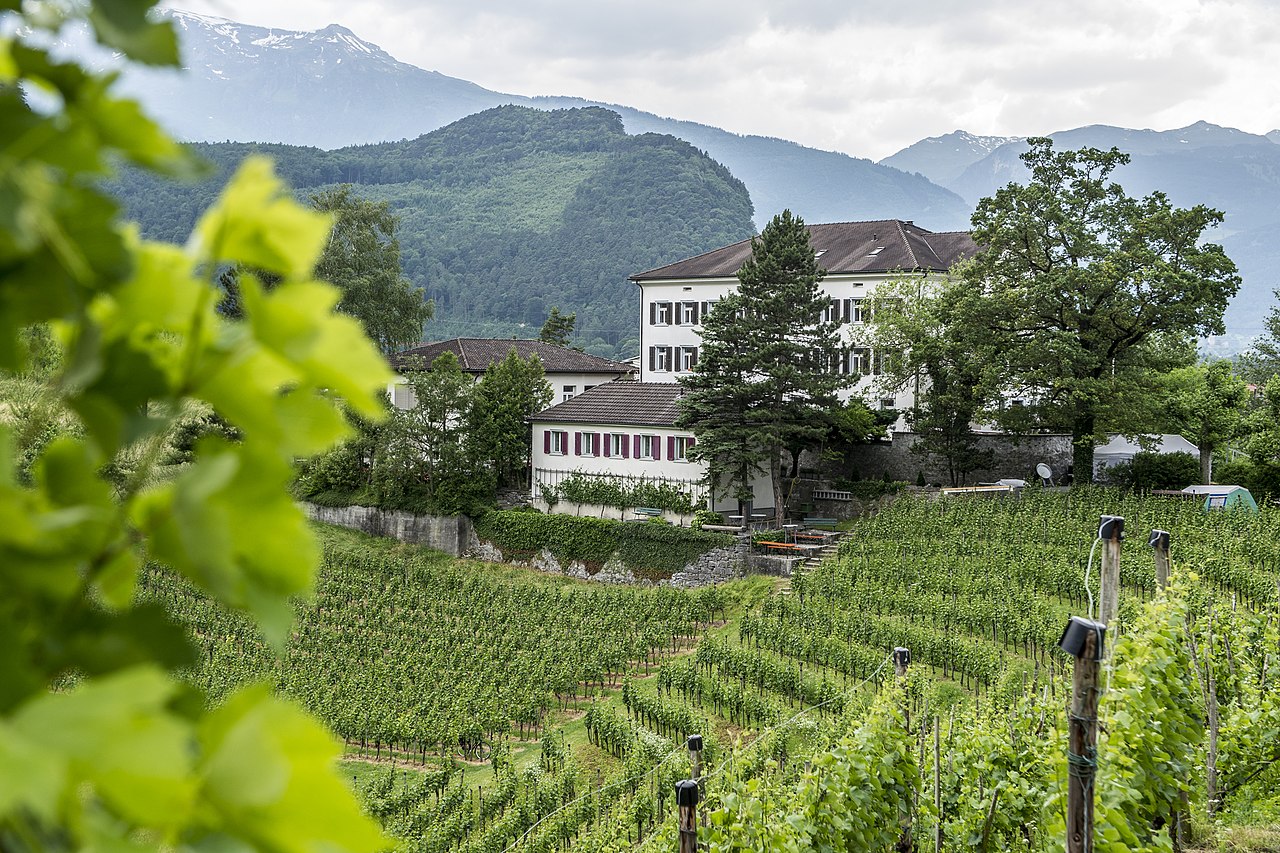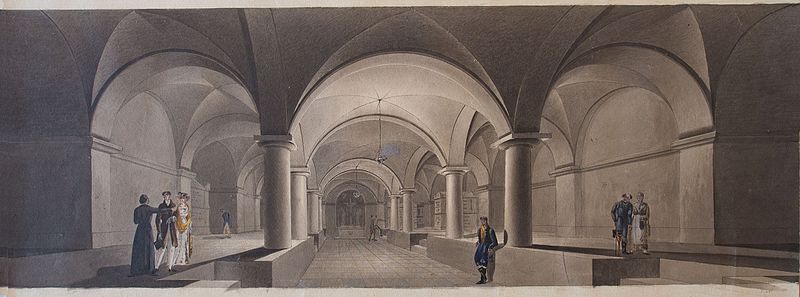by Susan Flantzer
© Unofficial Royalty 2022

Prince Wenzel of Liechtenstein; Credit – www.findagrave.com
Franz Josef Wenceslaus Georg Maria, known as Prince Wenzel was born on November 19, 1962, in Zürich, Switzerland. He was the youngest of the five children and the youngest of the four sons of Franz Josef II, Prince of Liechtenstein and Countess Georgina von Wilczek (Gina).
Wenzel had four elder siblings:
- Hans-Adam II, Prince of Liechtenstein (born 1945), married Countess Marie Aglaë von Wchinitz und Tettau, had three sons and one daughter
- Prince Philipp of Liechtenstein (born 1946), married Isabelle de l’Arbre de Malander, had three sons
- Prince Nikolaus of Liechtenstein (born 1947), married Princess Margaretha of Luxembourg, had two sons and two daughters
- Princess Nora of Liechtenstein (born 1950), married Vicente Sartorius y Cabeza de Vaca, 3rd Marqués de Mariño, had one daughter

Prince Wenzel on a 1970 postage stamp; Credit – Wikipedia
In 1982, Prince Wenzel entered the Royal Military Academy Sandhurst in Sandhurst, Berkshire, England. A year later, he was commissioned a lieutenant in the Grenadier Guards, an infantry regiment of the British Army. Wenzel studied medicine at the University of Friborg and at the University of Zurich, both in Switzerland. At the time of his death, he worked as an intern at Rorschach Hospital in Rorschach, Saint-Gallen Canton, Switzerland, thirty-five miles from Vaduz, Liechtenstein, where he was living in the guest house at Vaduz Castle, the residence of the Princely Family of Liechtenstein.
On February 28, 1991, Prince Wenzel’s butler tried to wake him as usual via phone, but Wenzel did not answer the phone. The butler became concerned and upon entering the bedroom, he found Wenzel dead in his bed at the age of 28. Wenzel’s body was taken to the coroner at the Court of Justice in Saint-Gallen. We can presume there was an autopsy but the Princely Family of Liechtenstein kept silent and remains silent about the cause of death.
There has been a lot of speculation about the cause of Prince Wenzel’s death. Two stopwatches and an anesthesia mask were found on Wenzel’s bedside table. There have been speculations that Wenzel attempted a temporary cessation of breathing or a medical experiment that went awry. Suicide was another speculation. However, the night before, Wenzel had dined with his eldest brother Hans-Adam II, Prince of Liechtenstein who commented, “I still can’t believe it, The night before we had talked so extensively about his plans!”

Prince Wenzel’s coffin; Credit – www.findagrave.com
Prince Wenzel’s funeral was held on March 6, 1991, at Vaduz Cathedral, also known as the Cathedral of St. Florin, in Vaduz, the capital of the Principality of Liechtenstein. Among the royalty who attended were Felipe, Prince of the Asturias (later King Felipe VI of Spain), Prince Guillaume of Luxembourg, Archduchess Walburga of Austria, Archduchess Regina of Austria (wife of Archduke Otto of Austria, Head of the House of Habsburg), Prince Max of Bavaria and his wife (later Duke and Duchess in Bavaria), Erich, Hereditary Count von Waldburg zu Zeil und Trauchburg (later Prince von Waldburg zu Zeil und Trauchburg) and representatives of the families of the former monarchies of Bavaria, Baden, Württemberg, Hesse, and Yugoslavia.

Prince Wenzel’s coffin being taken from Vaduz Cathedral to The Princely Crypt; Credit – The Esoteric Curiosa
Prince Wenzel was interred in The Princely Crypt, located next to Vaduz Cathedral near his parents Prince Franz Josef II and Princess Gina, who both died in 1989, within twenty-six days of each other.

Tomb of Prince Wenzel; Credit – www.findagrave.com
This article is the intellectual property of Unofficial Royalty and is NOT TO BE COPIED, EDITED, OR POSTED IN ANY FORM ON ANOTHER WEBSITE under any circumstances. It is permissible to use a link that directs to Unofficial Royalty.
Works Cited
- A mysterious end! the demise of Prince Wenzel von und zu Liechtenstein (2010) The Esoteric Curiosa. Available at: http://theesotericcuriosa.blogspot.com/2010/10/mysterious-end-demise-of-prince-wenzel.html (Accessed: November 18, 2022).
- Flantzer, Susan. (2015) Franz Josef II, Prince of Liechtenstein, Unofficial Royalty. Available at: https://www.unofficialroyalty.com/franz-josef-ii-prince-of-liechtenstein/ (Accessed: November 18, 2022).
- Franz Josef Wenzel de Liechtenstein (1962–1991) (2021) Wikipedia (French). Wikimedia Foundation. Available at: https://fr.wikipedia.org/wiki/Franz_Josef_Wenzel_de_Liechtenstein_(1962%E2%80%931991) (Accessed: November 18, 2022).
- Prince Franz Josef of Liechtenstein (1962–1991) (2022) Wikipedia. Wikimedia Foundation. Available at: https://en.wikipedia.org/wiki/Prince_Franz_Josef_of_Liechtenstein_(1962%E2%80%931991) (Accessed: November 18, 2022).



















